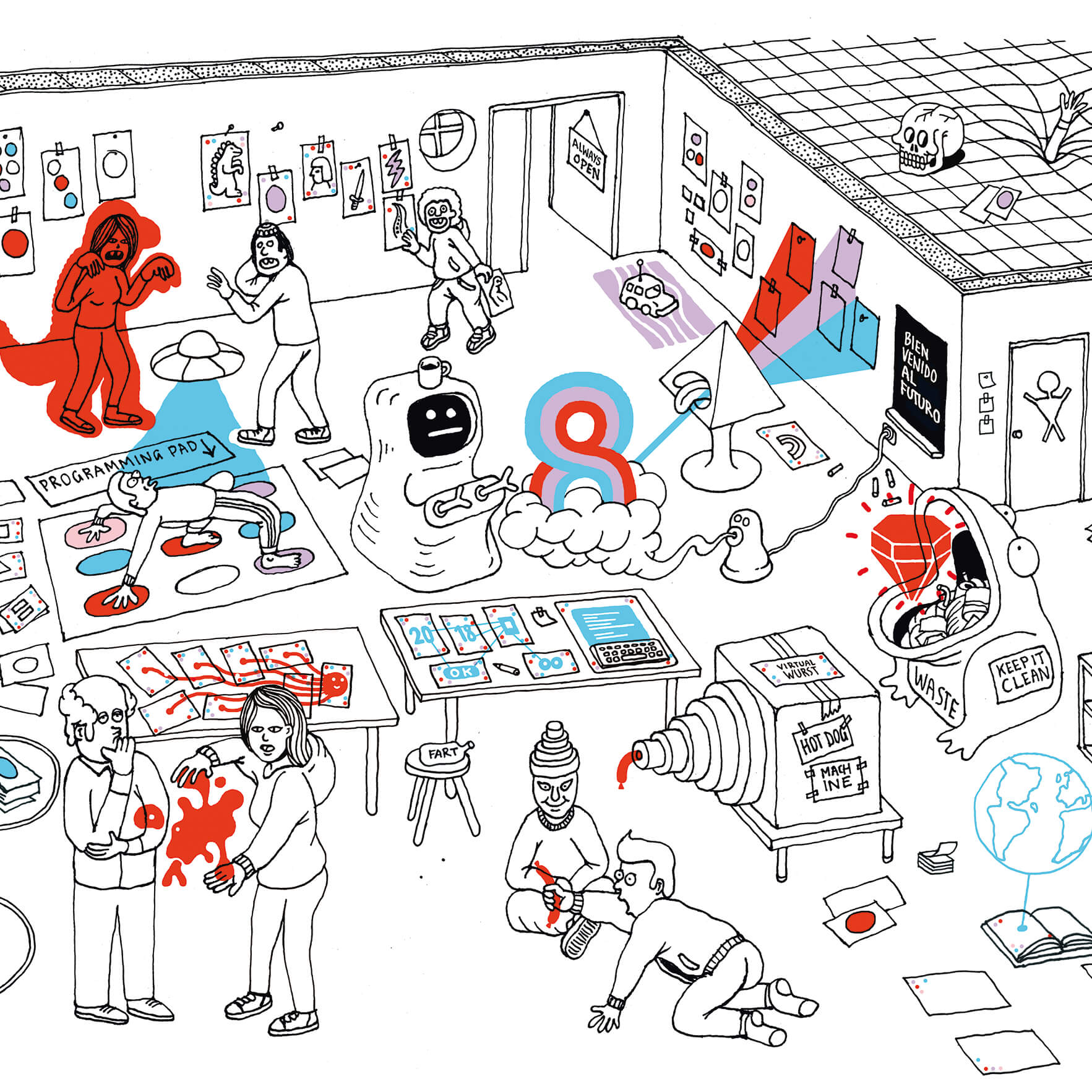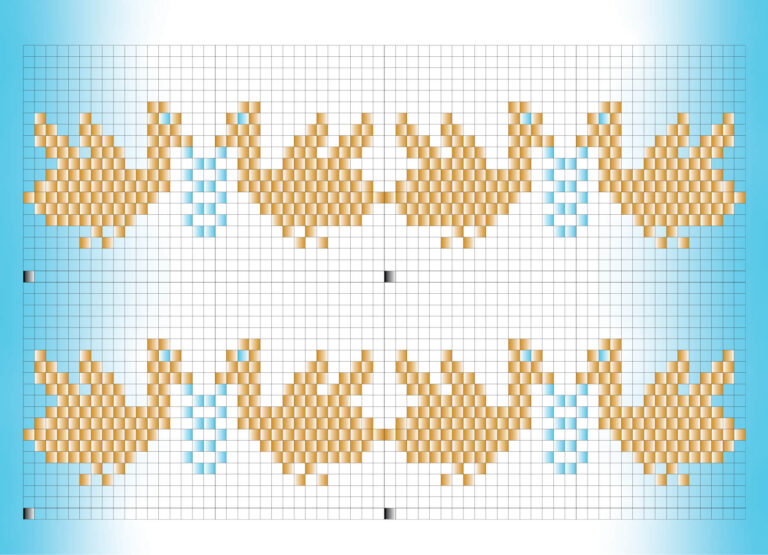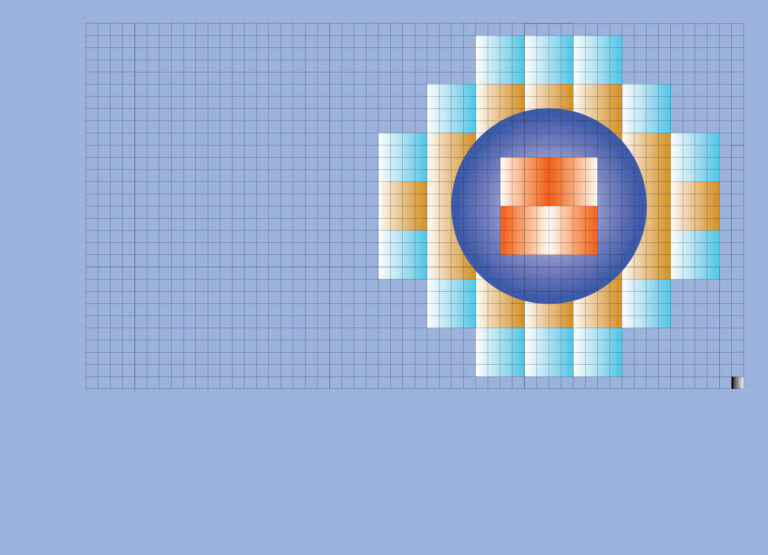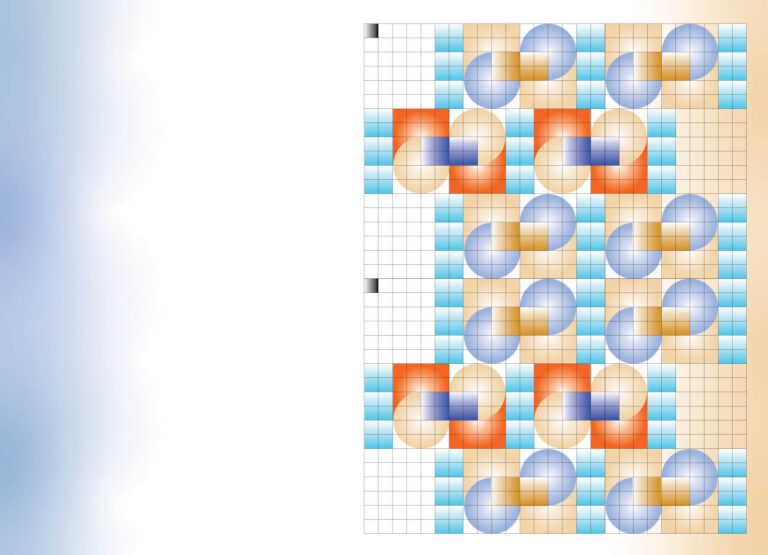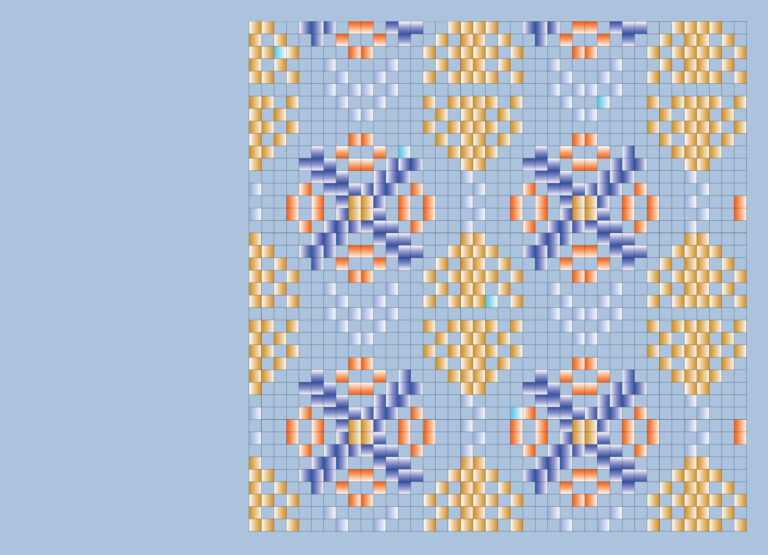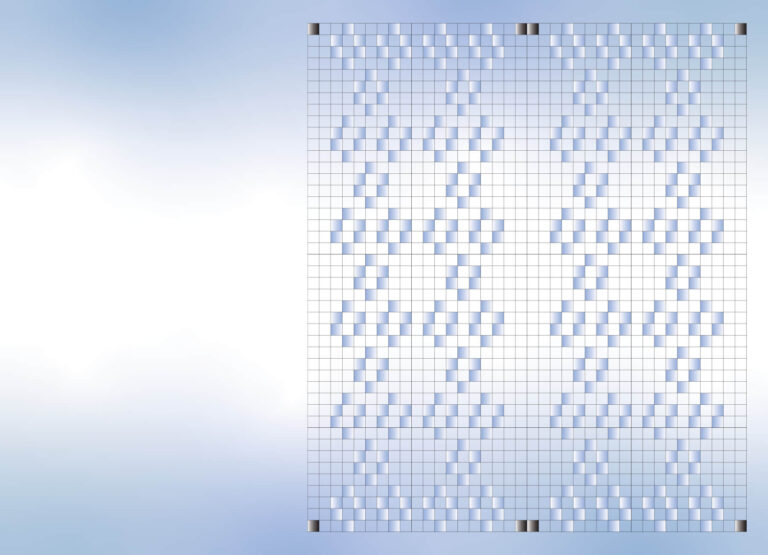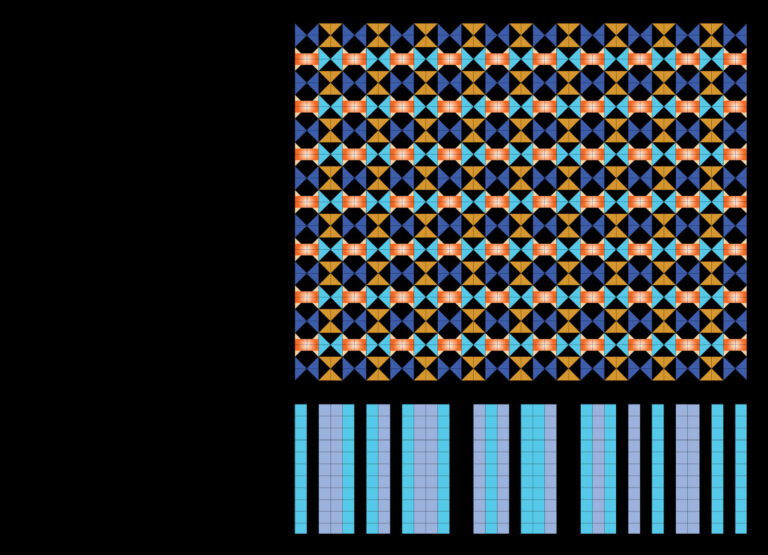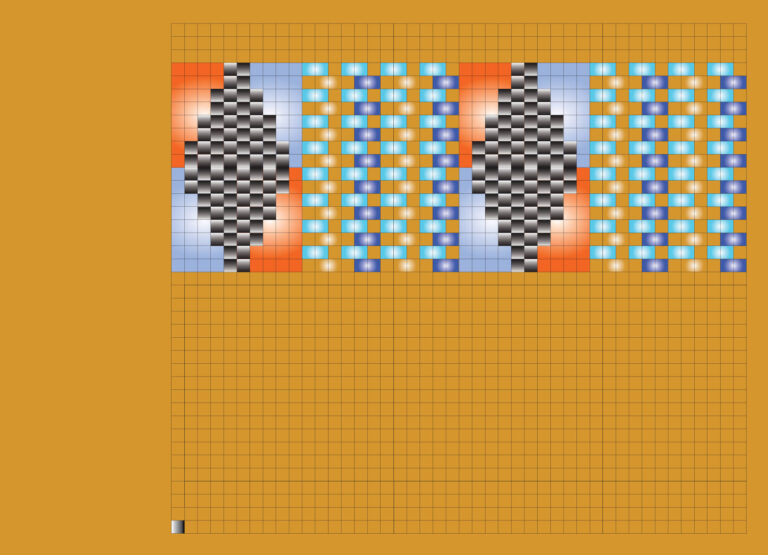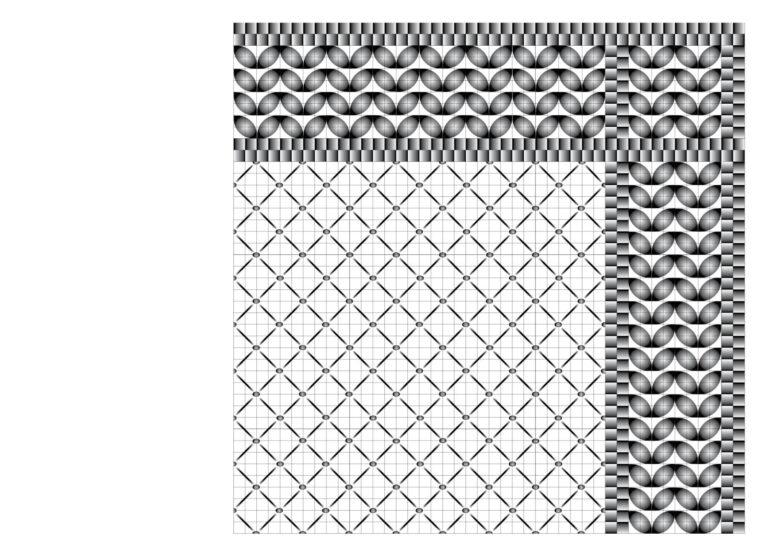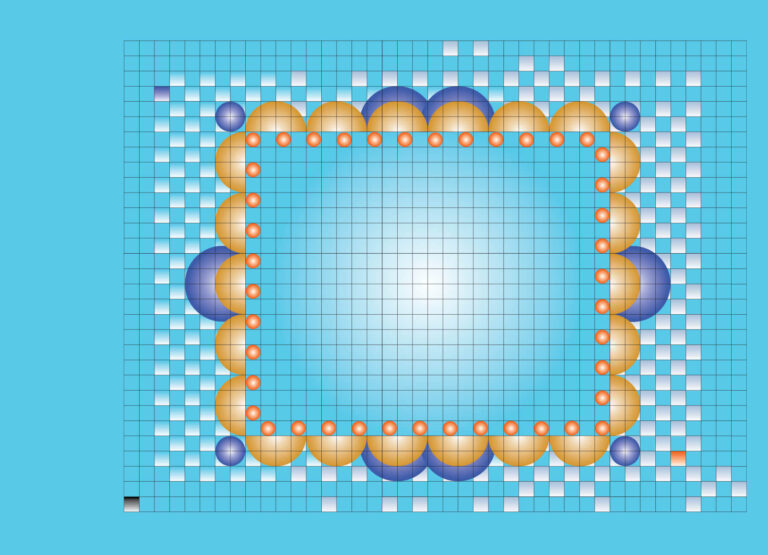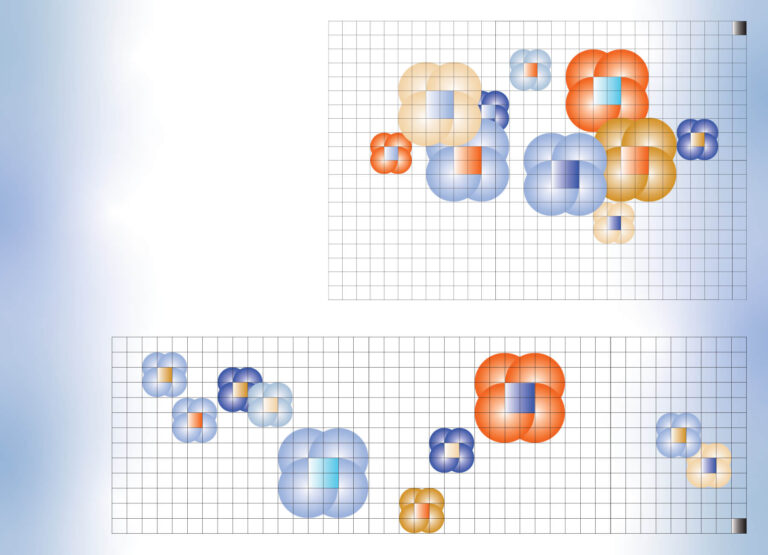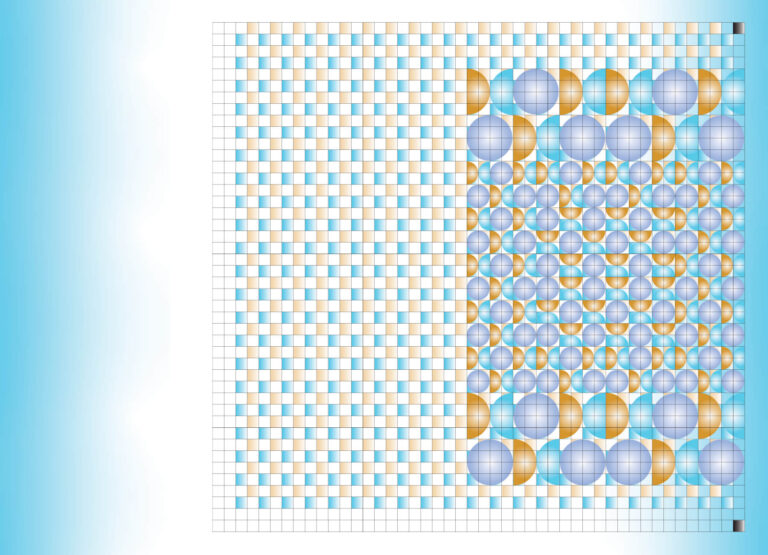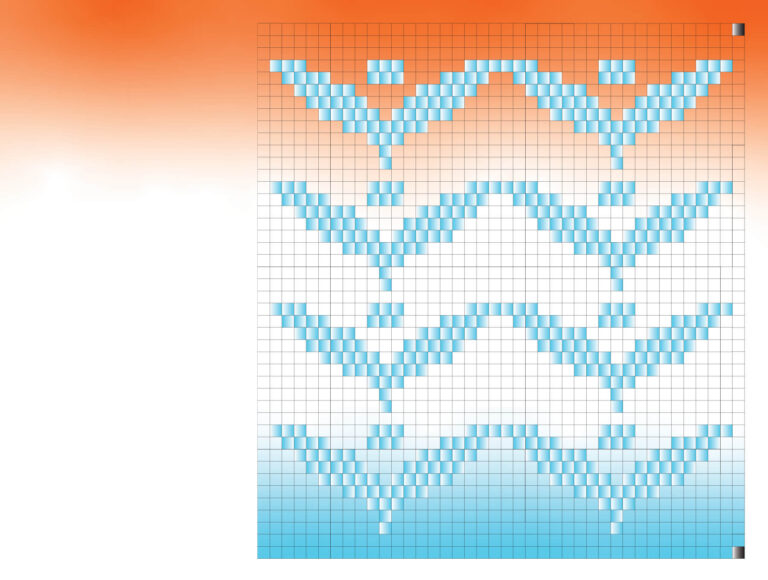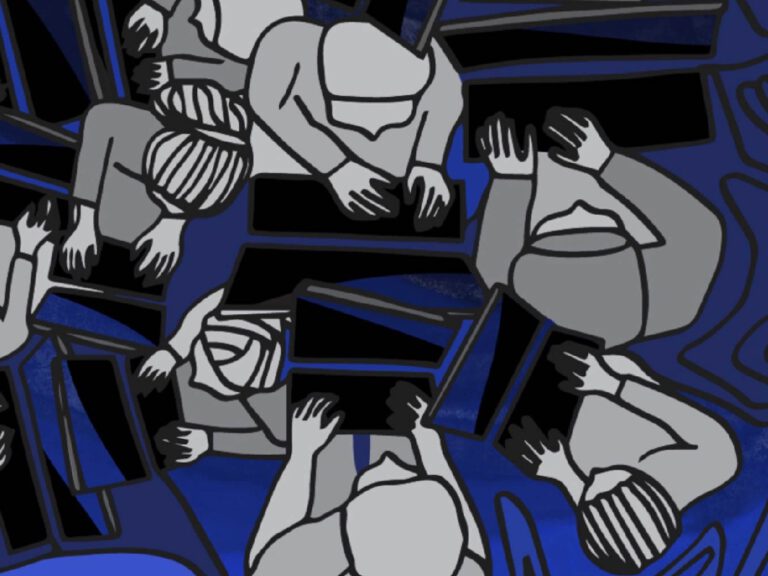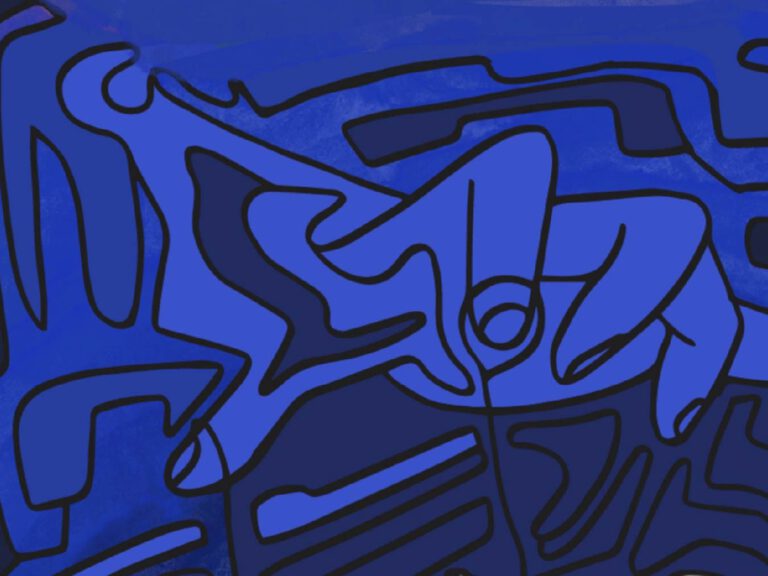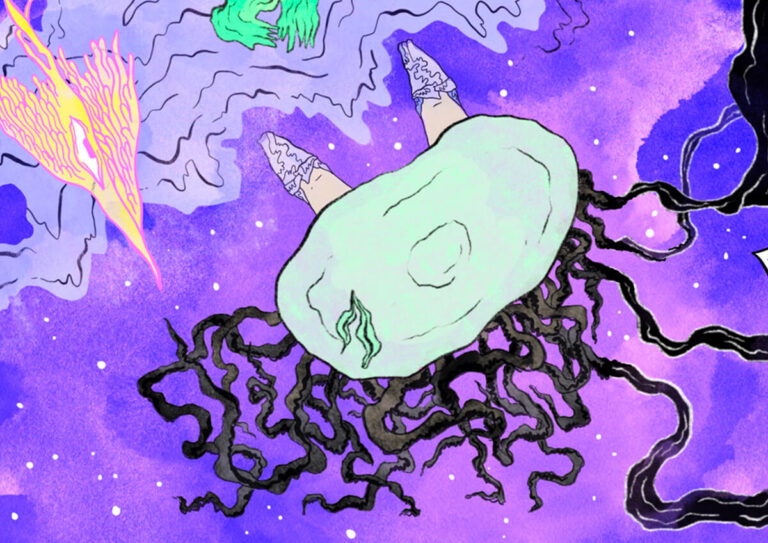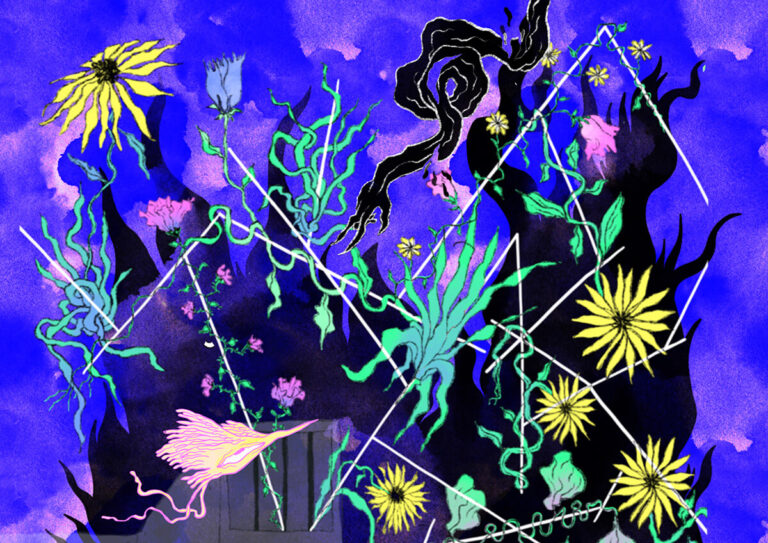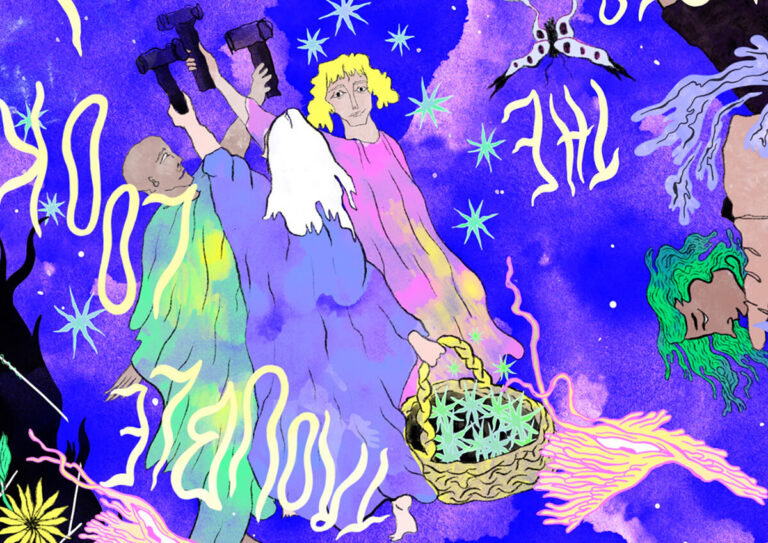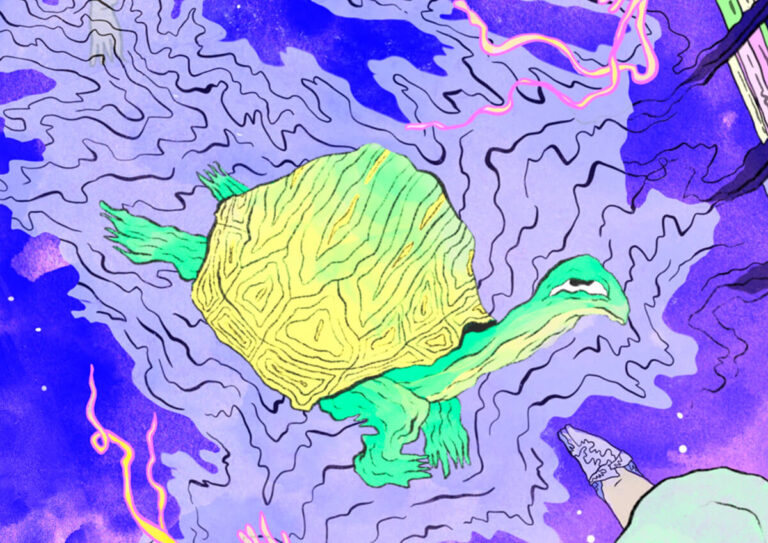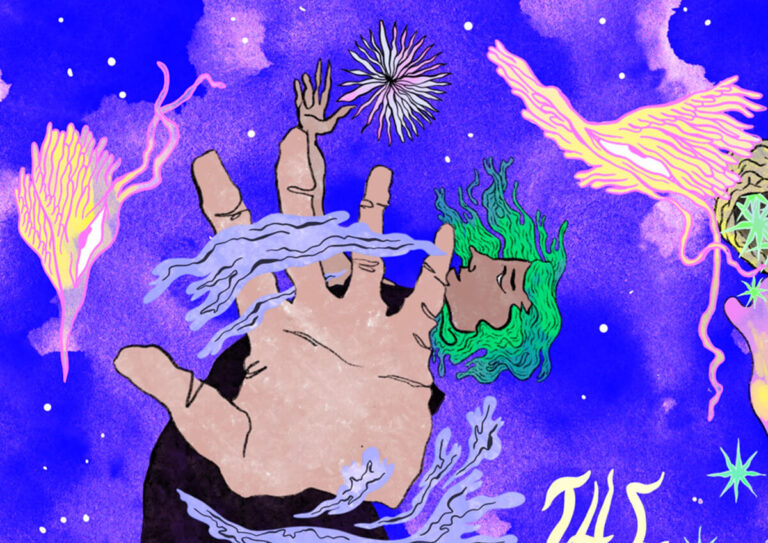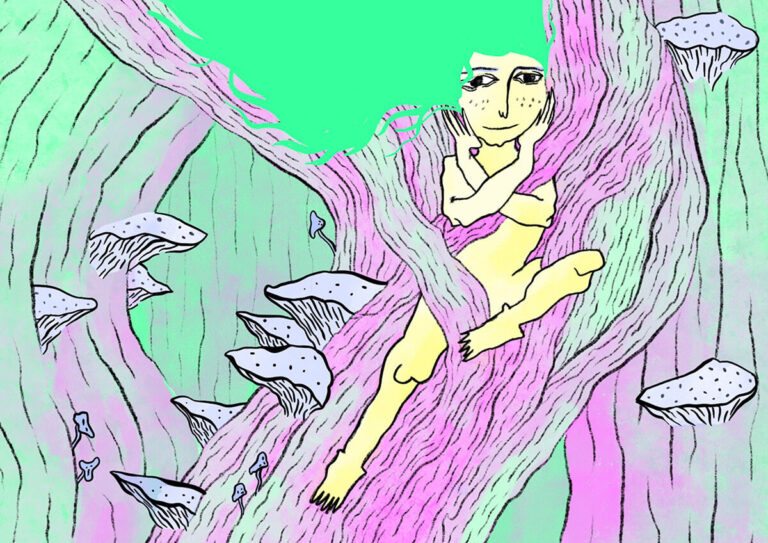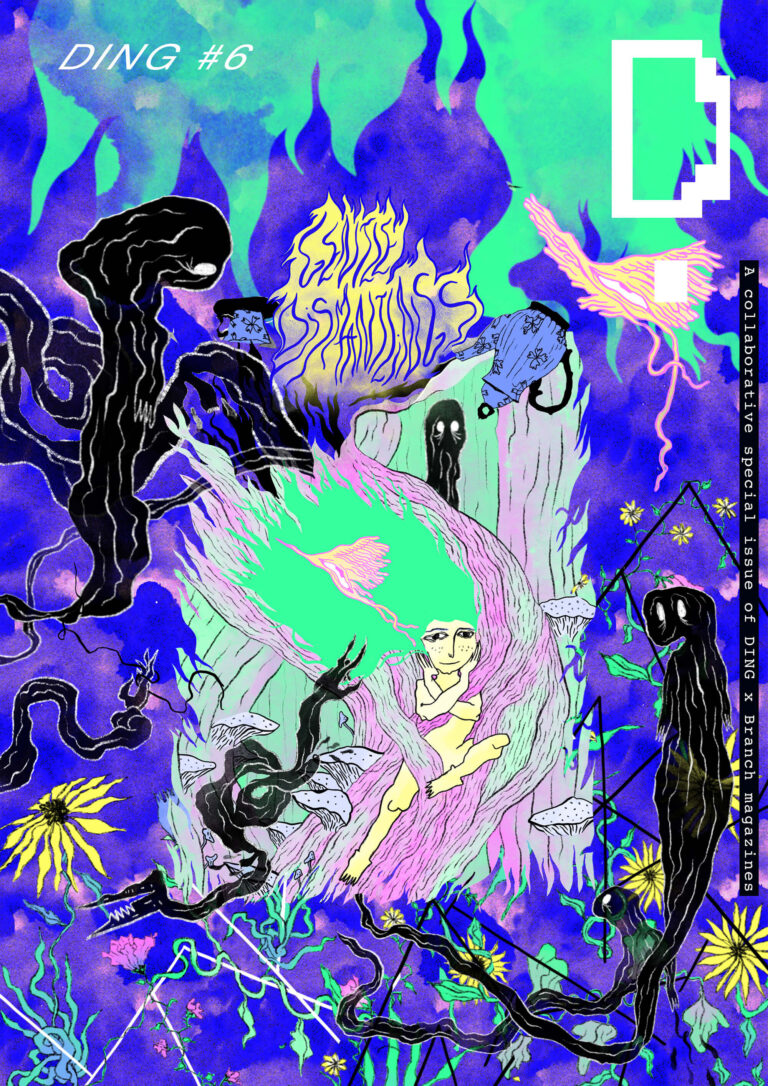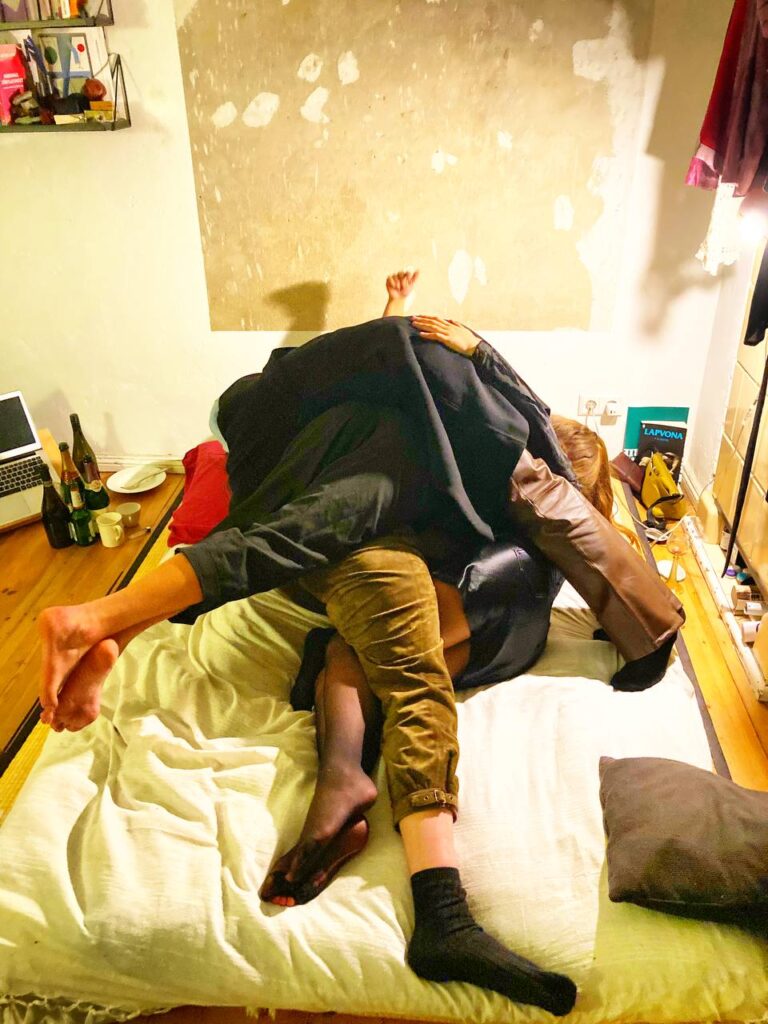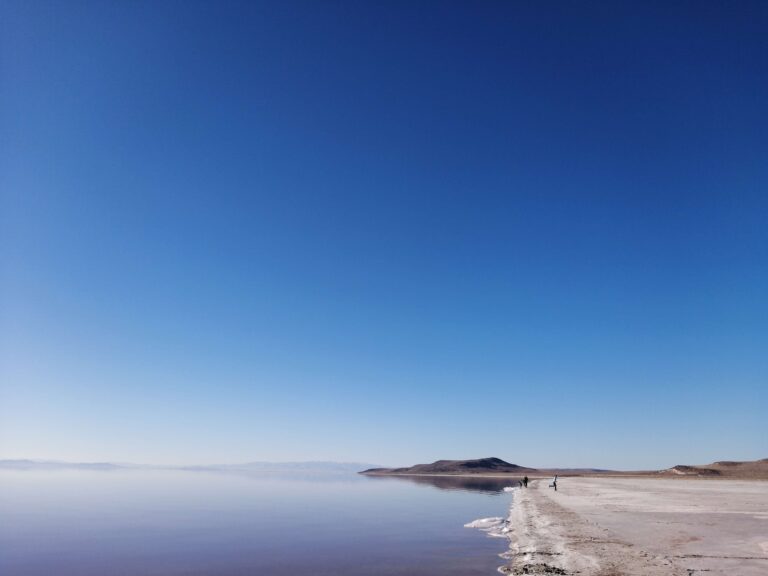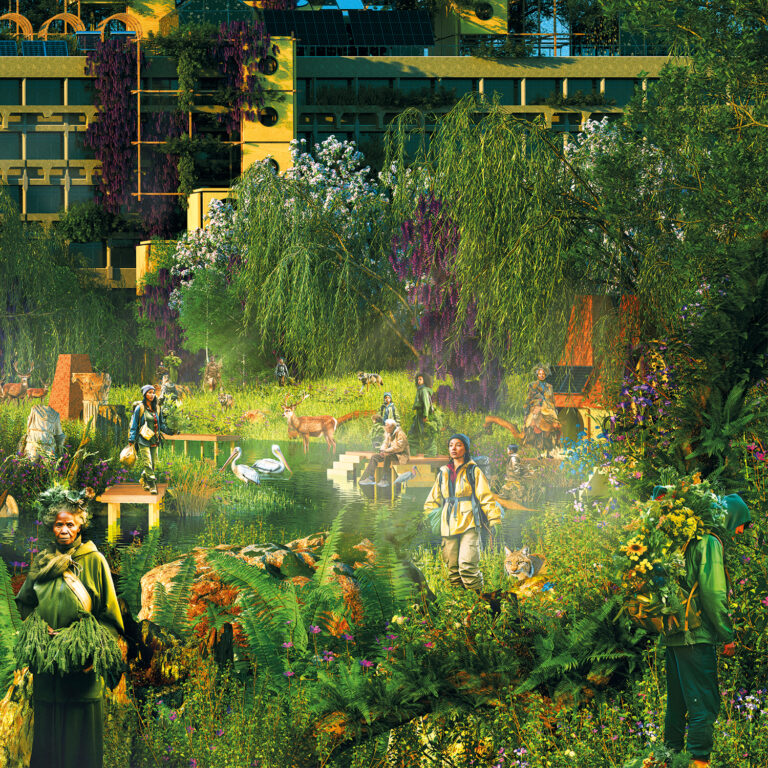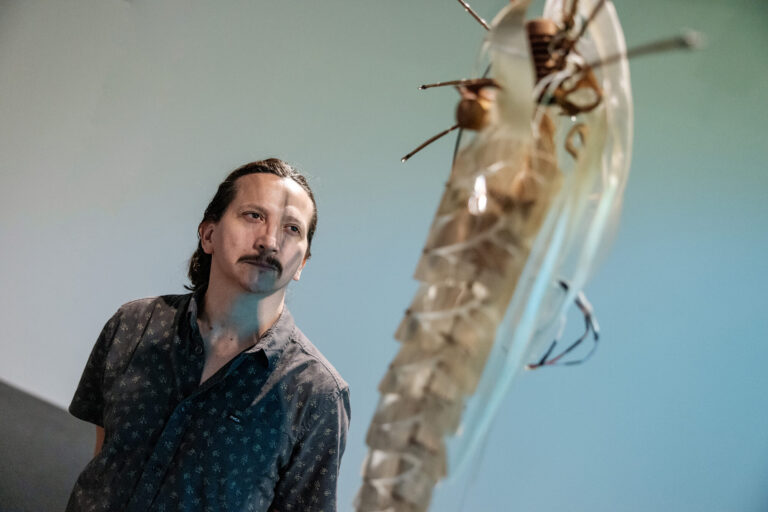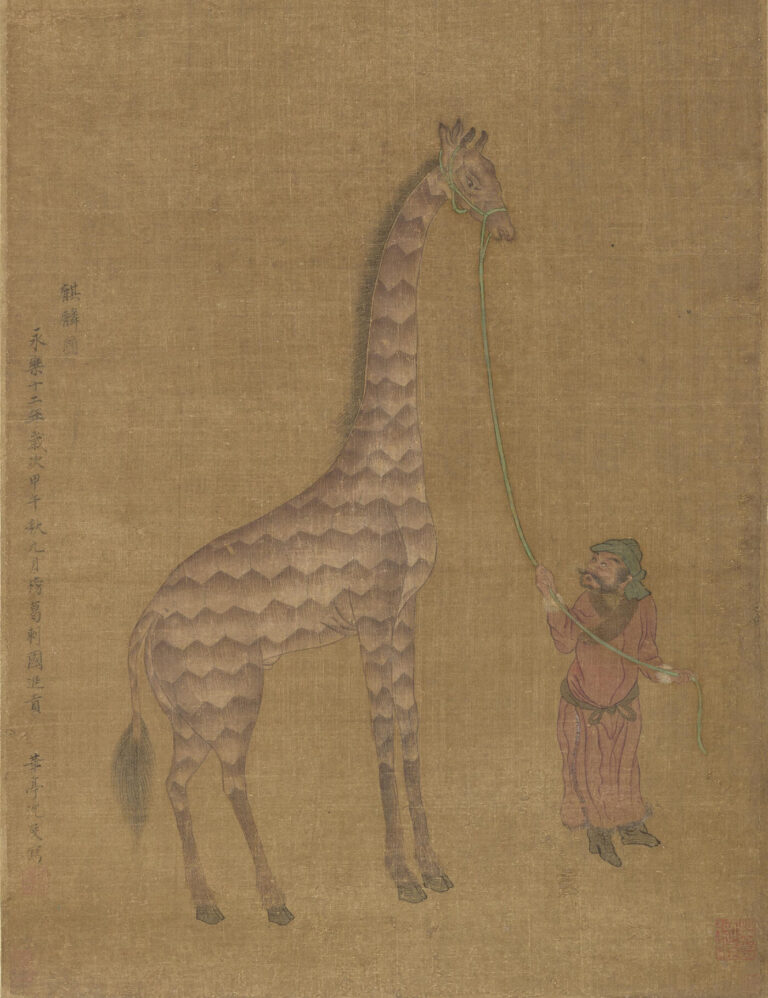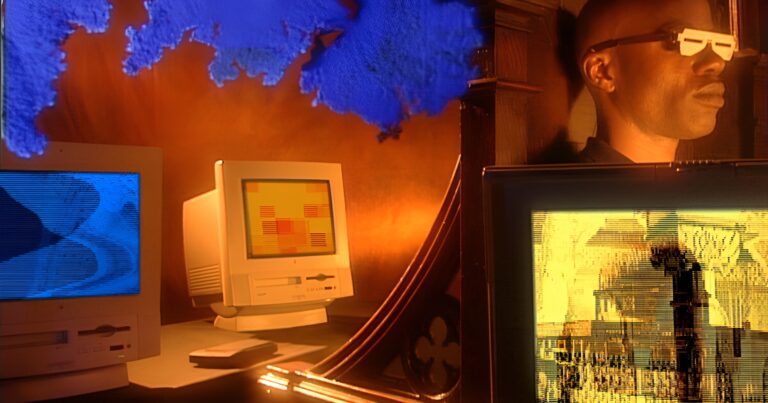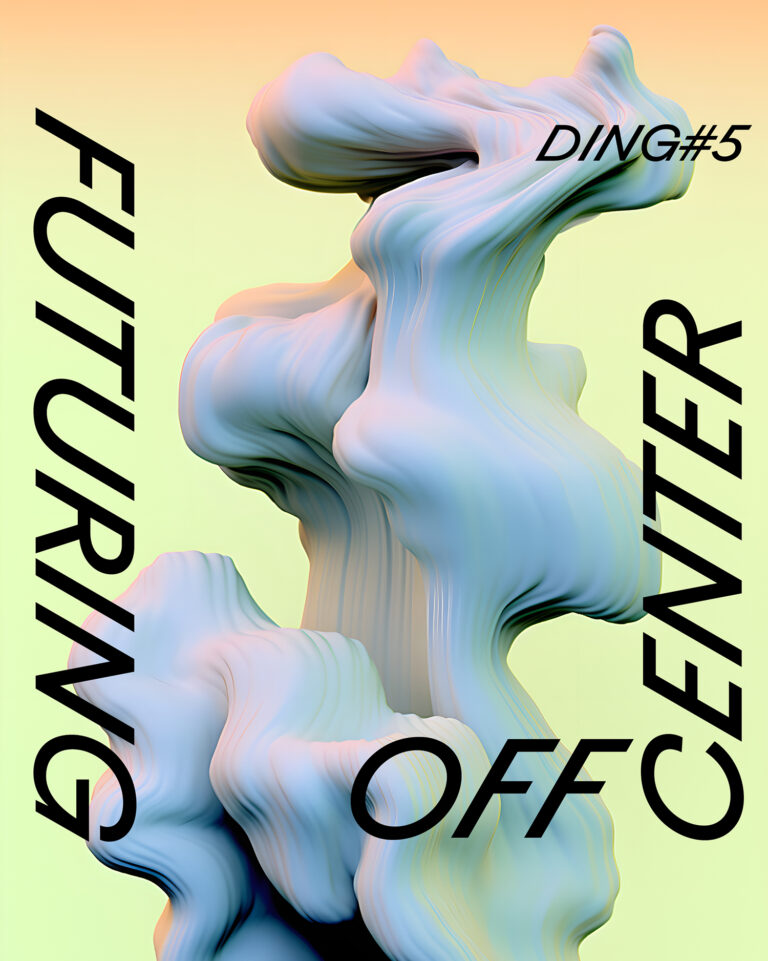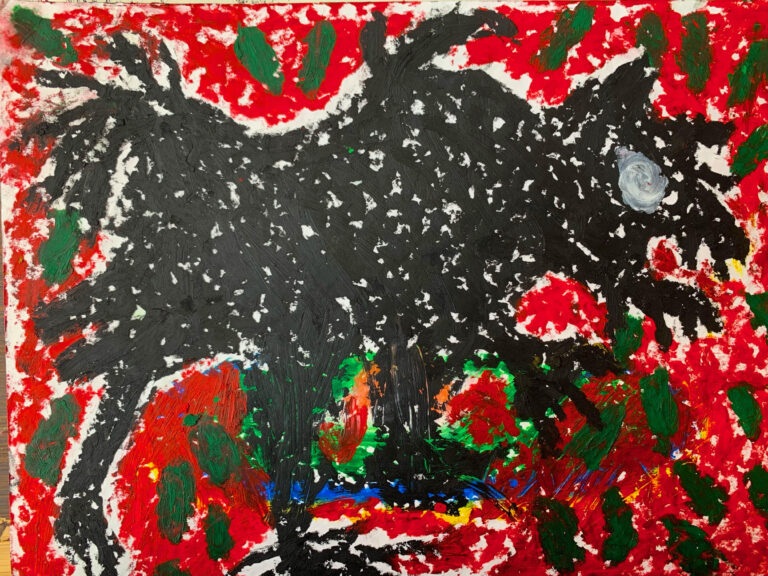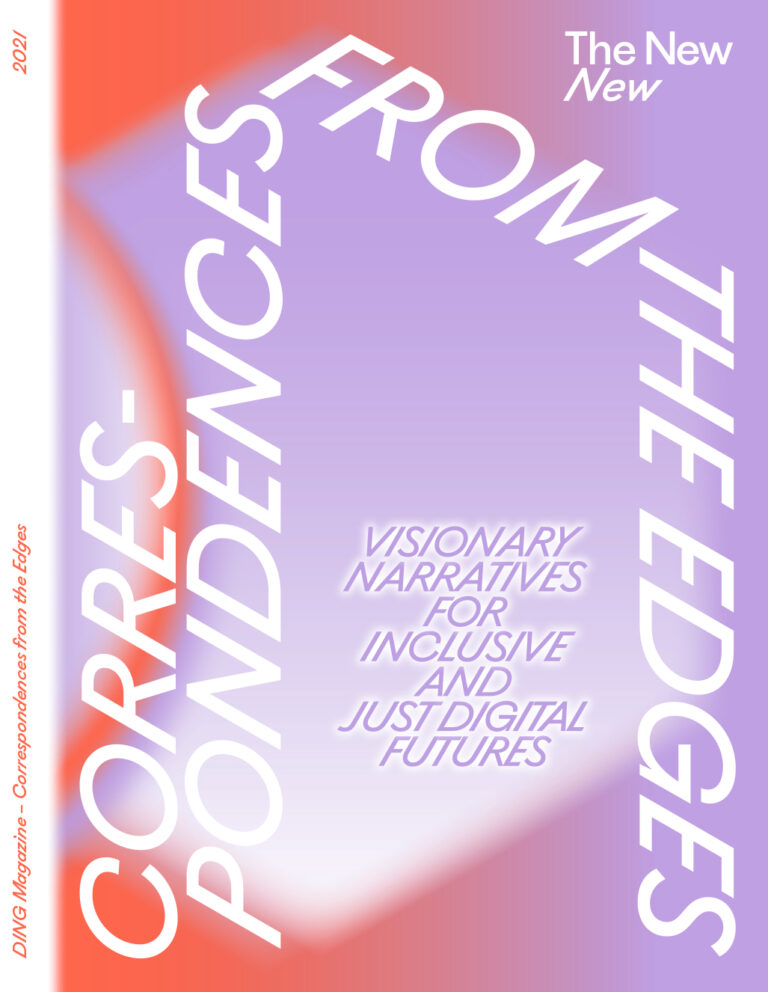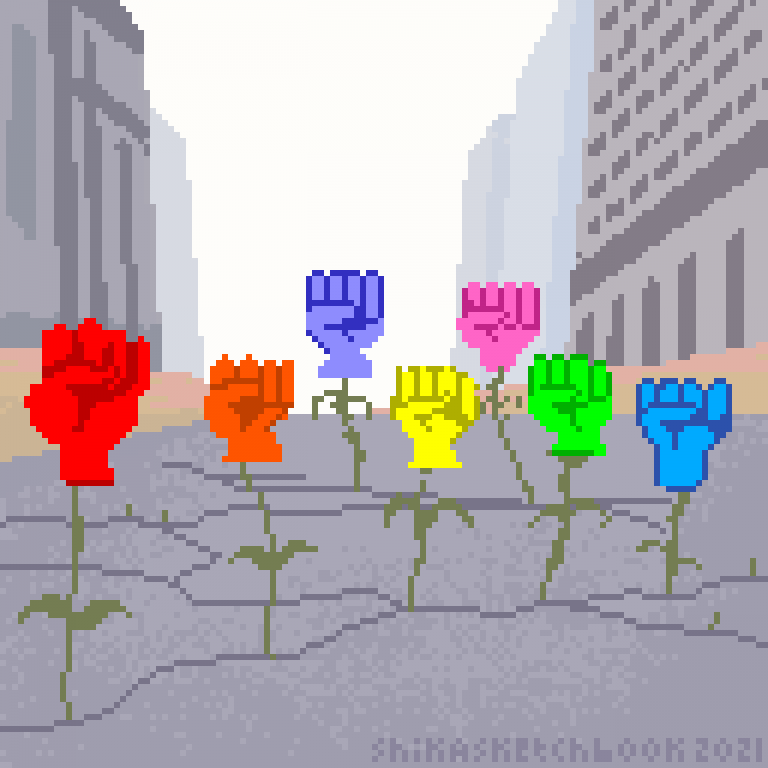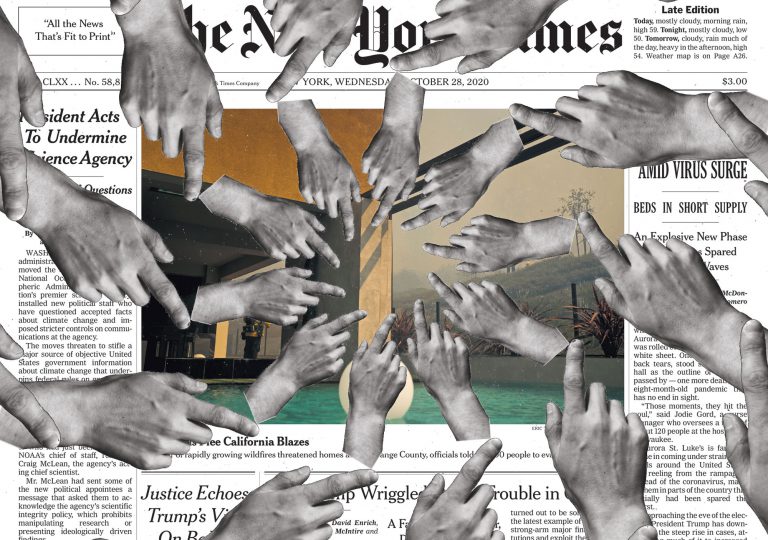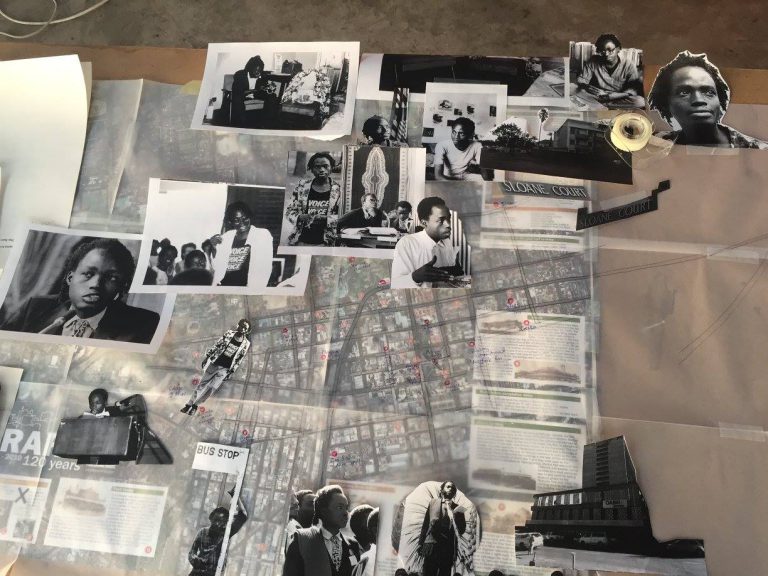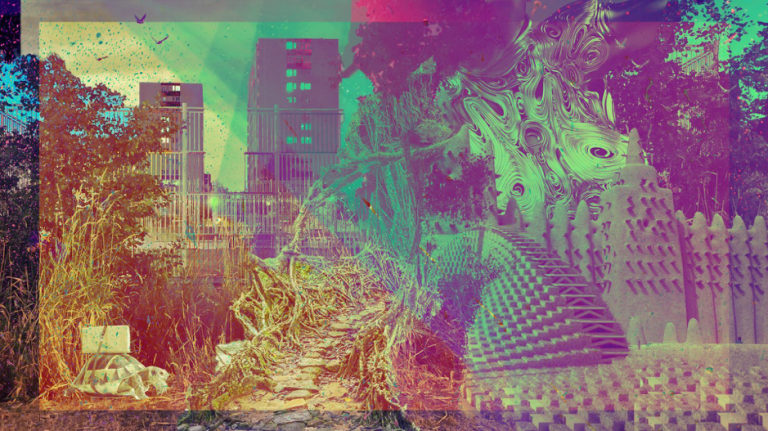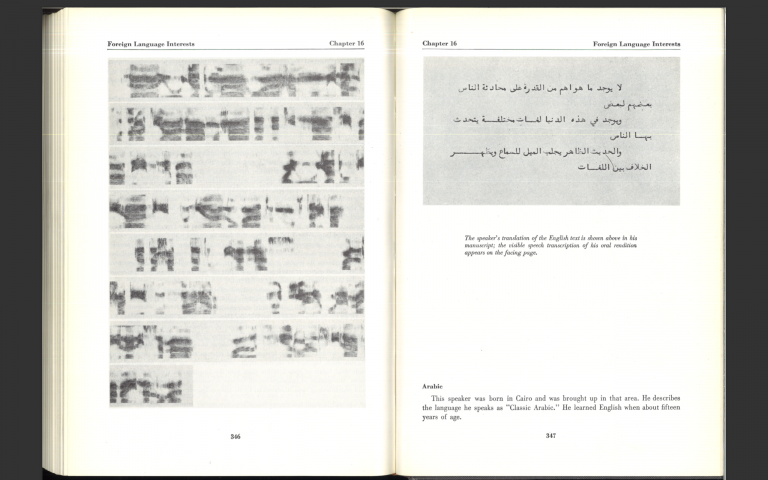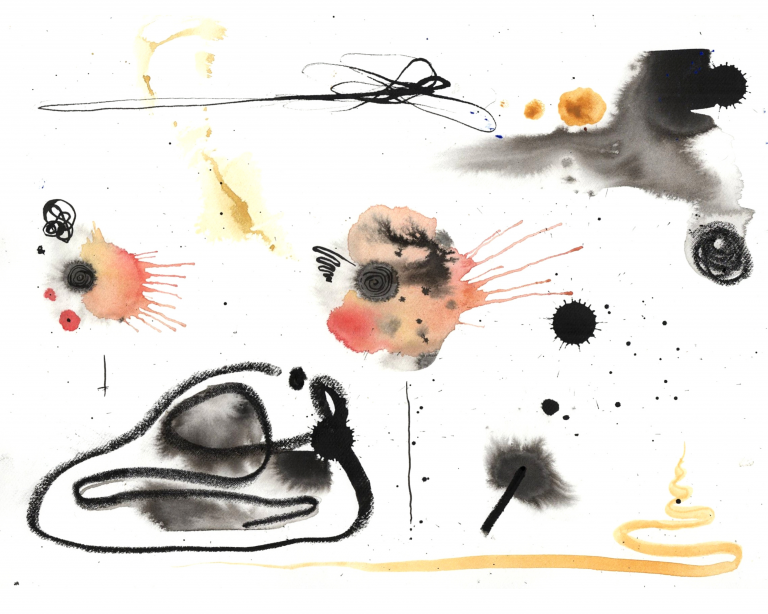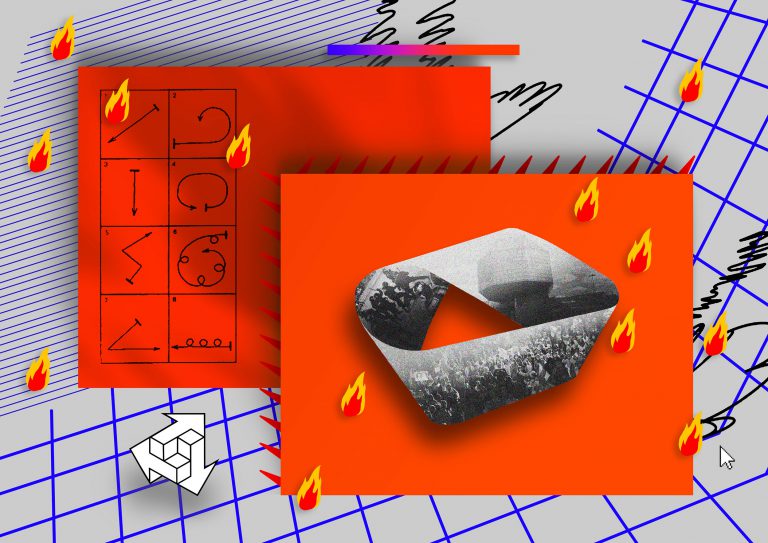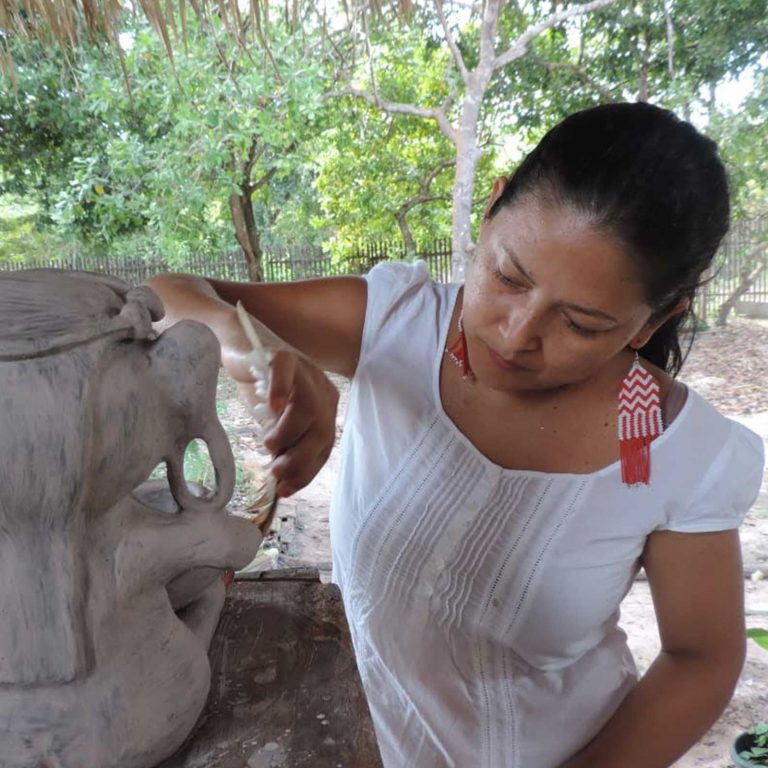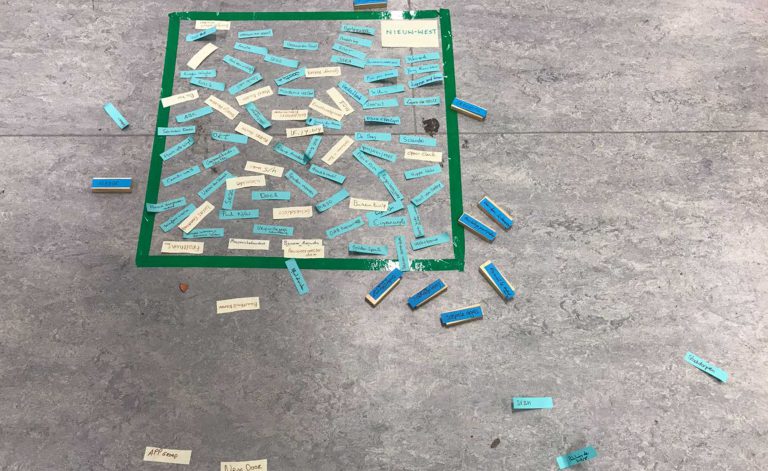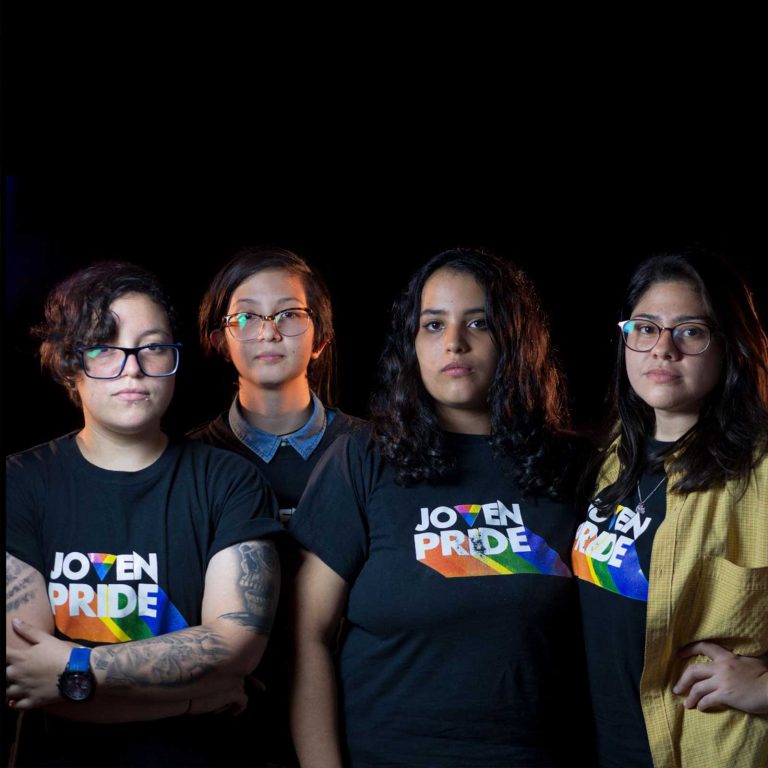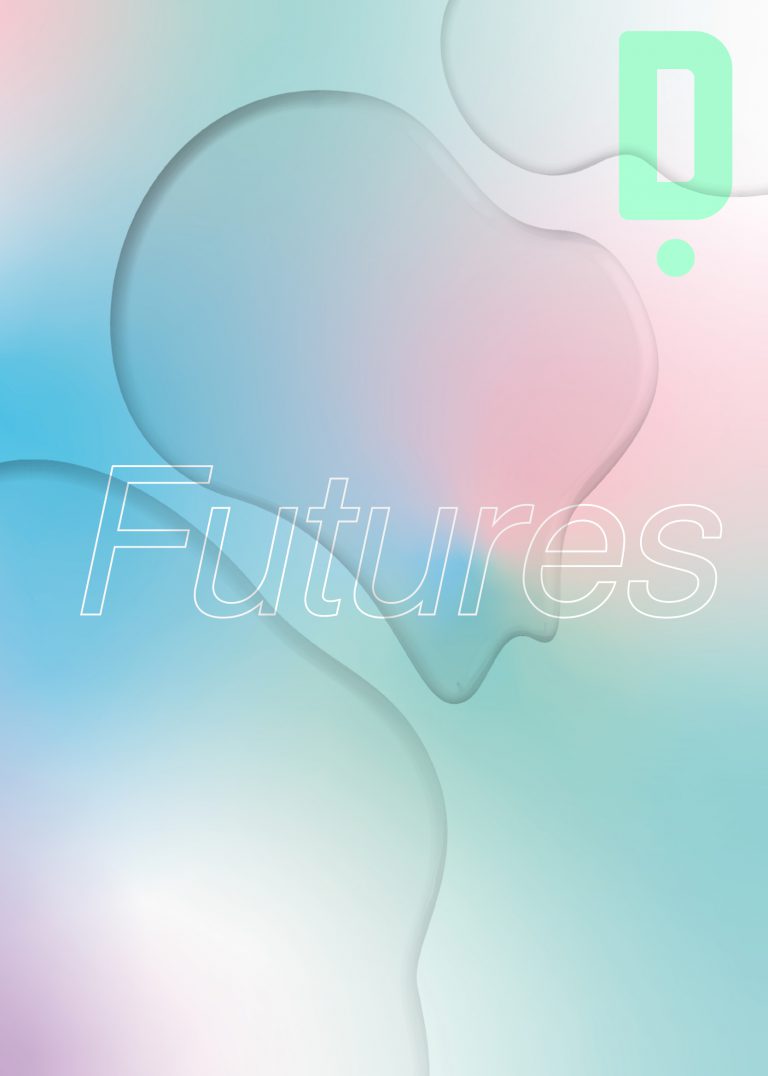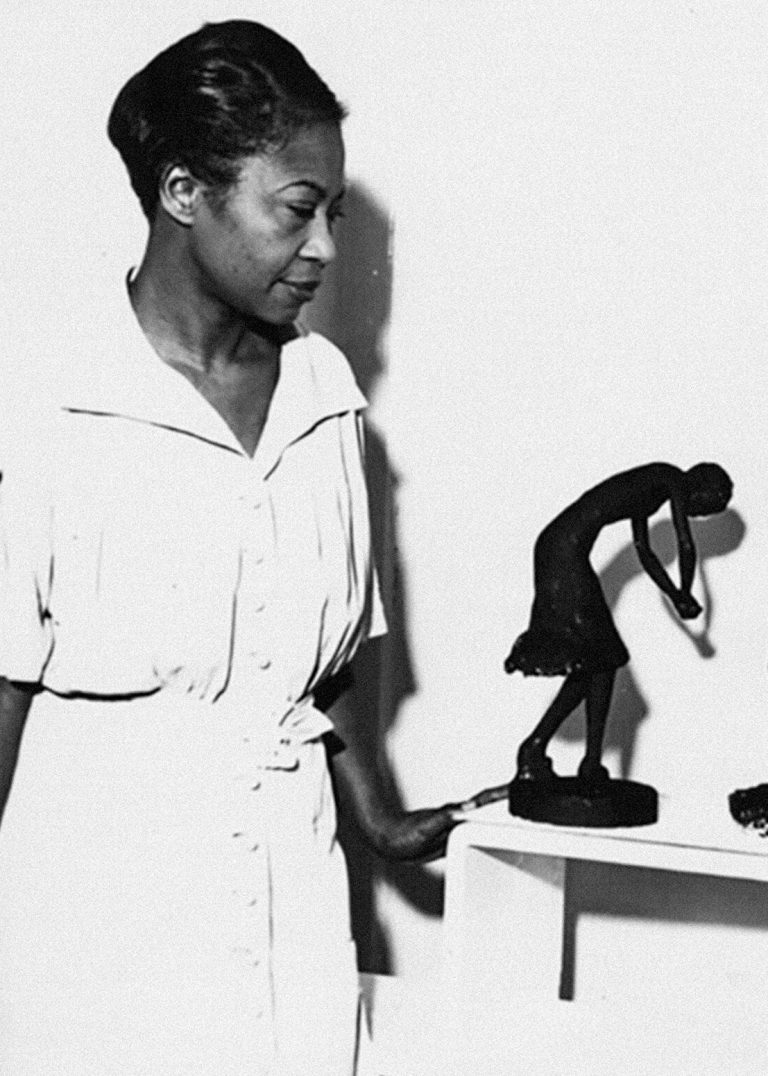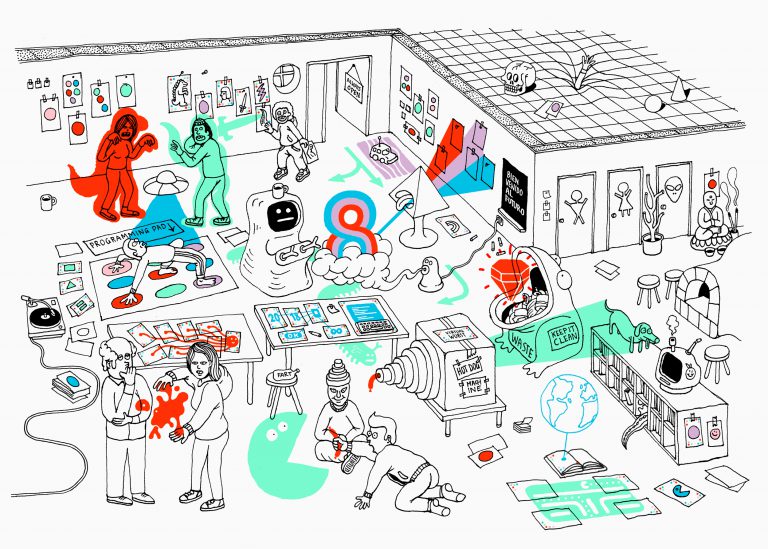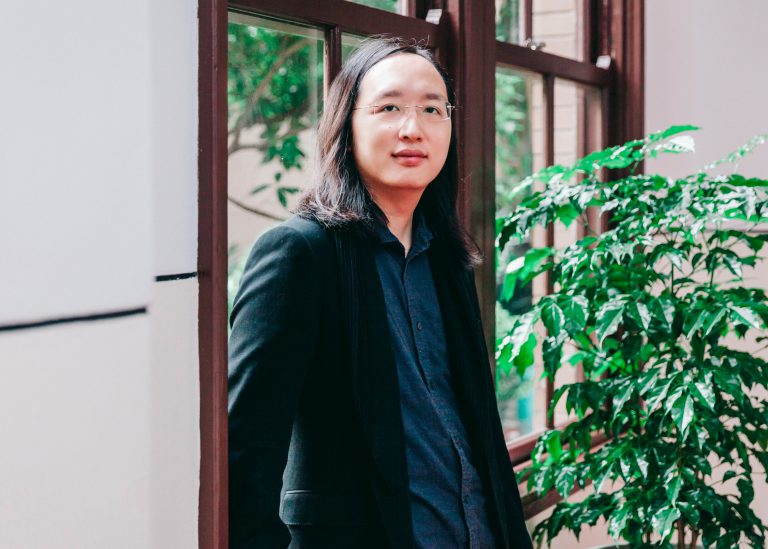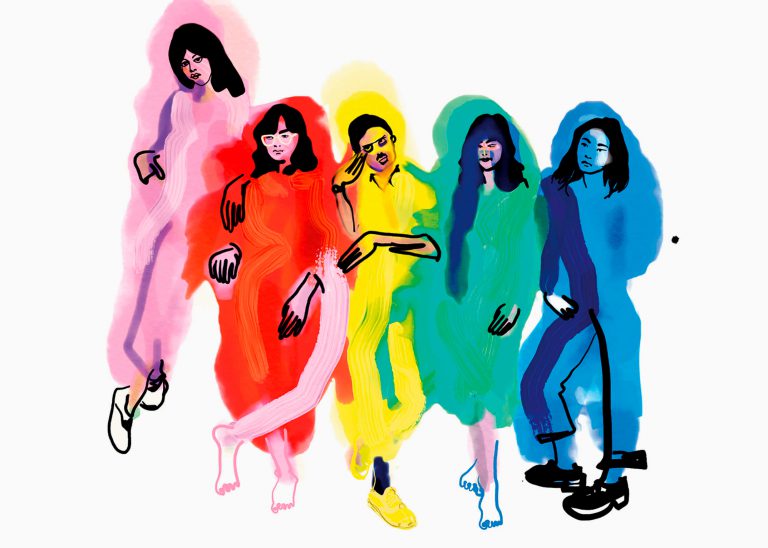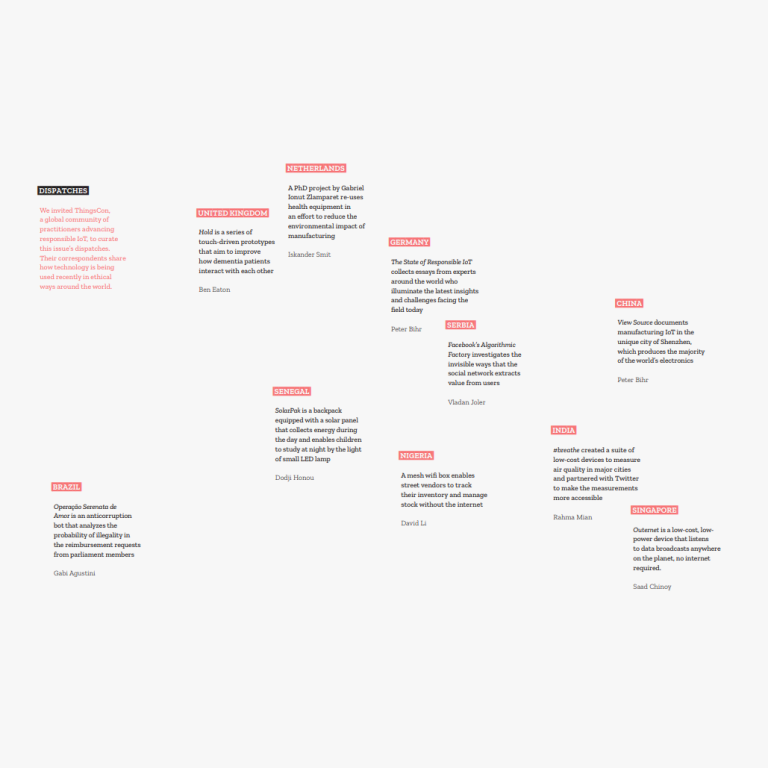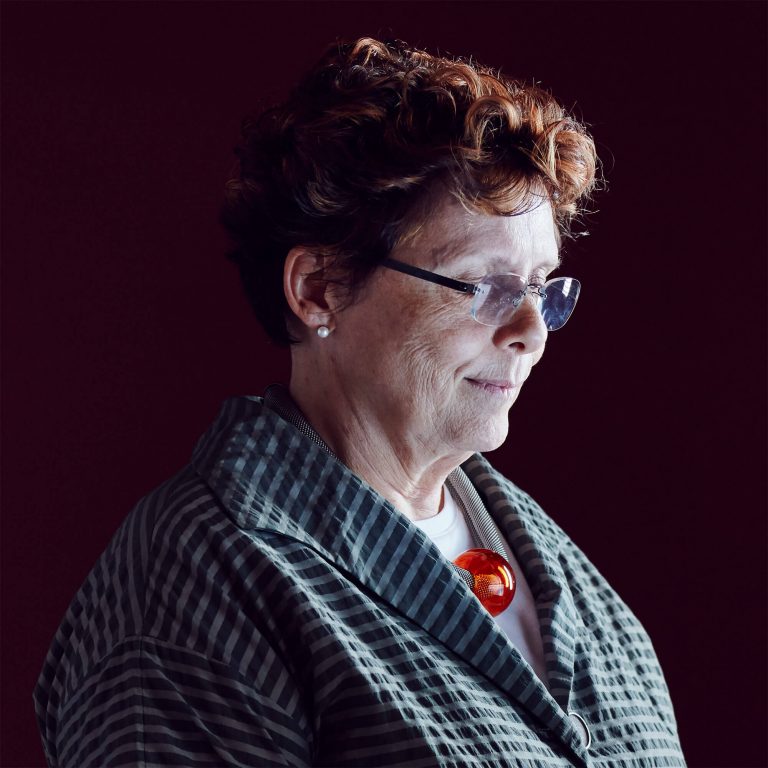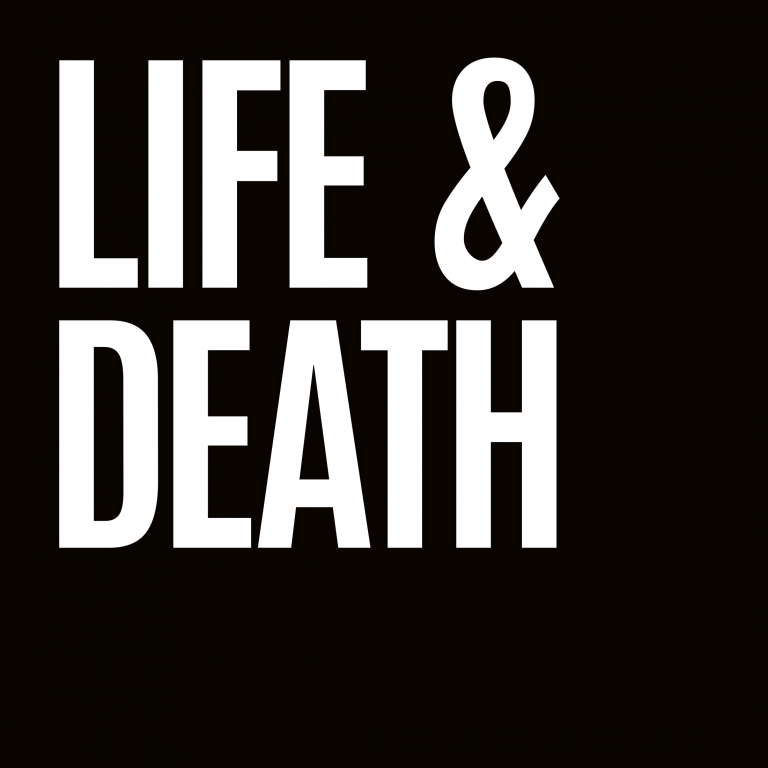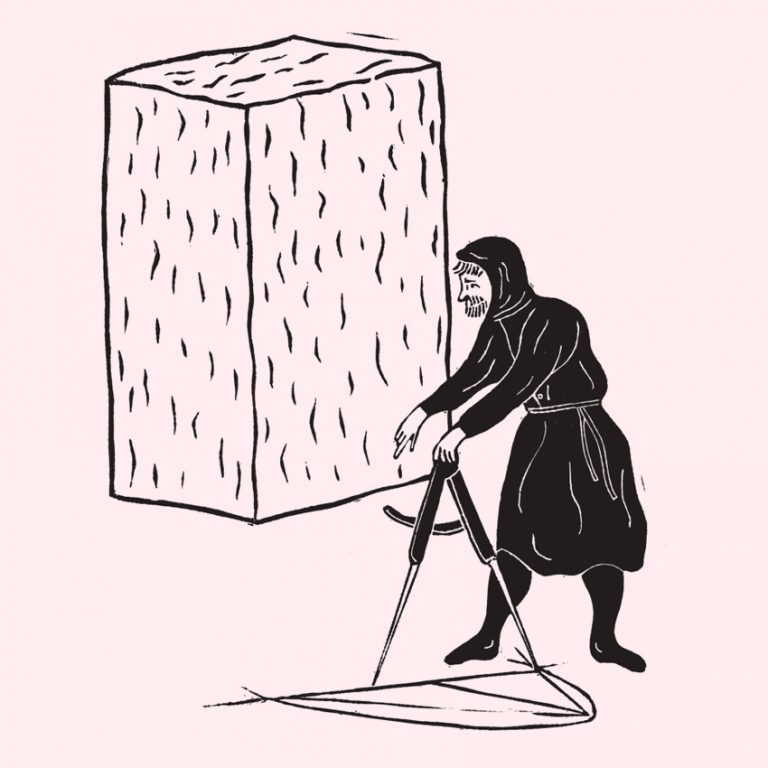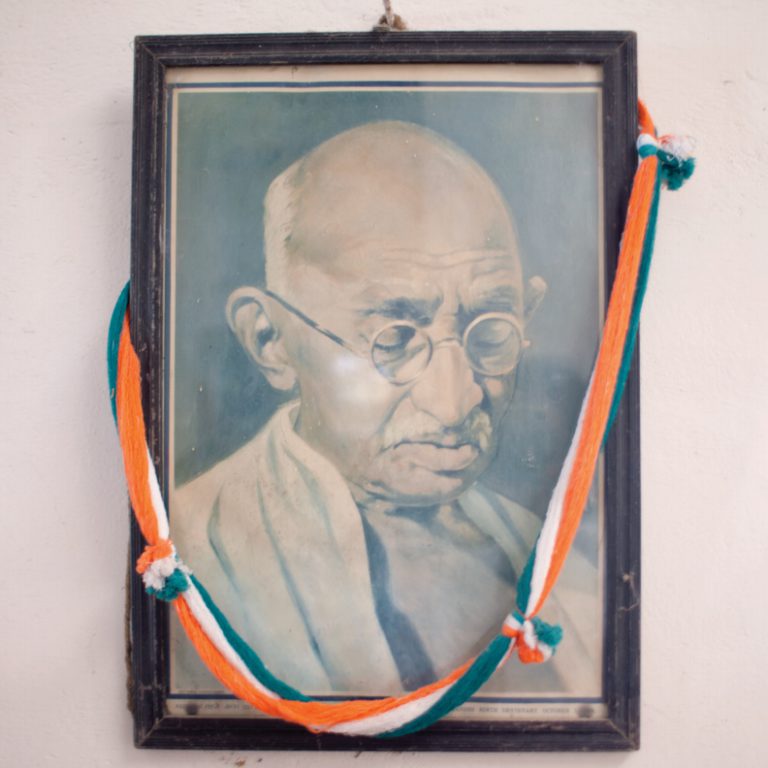I argue that the future of computation must usher in a future of equity. As someone whose perspective as a non-white non-male has always been underrepresented, my goal is to empower those who aren’t represented by dominant culture to be a part of inventing new mediums. This goal is very specific to my experiences, but it also overlaps with the mission of the Dynamicland, an Oakland-based community space and research lab. Dynamicland strives to create universal literacy in a dynamic medium, bringing the power to communicate and understand to all people.
However, Dynamicland is not yet inclusive enough to make this a reality. I want to incubate a more inclusive culture of innovation and access to technology. We need to get that right first in order to shape the rest of the work accordingly. I want this work, and the work of creating future mediums, to be influenced by what bell hooks calls “both margin and center.”
A future place of computation
Stepping into Dynamicland today is like stepping into a future space of computation. The current technology is a bunch of projectors and cameras built into the ceiling, leaving humans to interact with each other, with computation serving these interactions, manipulated by ordinary physical objects. Rather than being the focus of the interaction, computation serves these human interactions, and can be manipulated through ordinary physical objects. People come in and ask if it’s like AR or VR. Yes, in Dynamicland you can find similarities to current trends in technology. Yet we don’t define Dynamicland by the current moment. Our dreams are rooted in historical contexts and past experiences, just as the writer and illustrator Maurice Sendak notes, “Fantasy must have roots ten feet into the ground”.
Modern computational tools were first created in America in the 1950s, arising out of the need to create tools for warfare. Technology advanced, became smaller, and with the rise of personal computing in the 1980s, these tools became repurposed into the technology we know today: we now have access to all the information in the world at our fingertips.
This narrative of computation leaves out a few radical ideas from thinkers who wanted to pull the arc of computation in a different direction. Doug Engelbart wanted computers to augment our ability to “improve our tools for improving our tools.” Alan Kay wanted to create authoring environments for “powerful ideas”. Access to information has its benefits, but we do not have full agency unless we are fluent in this new medium. Dynamicland embraces this alternate arc. Computation at Dynamicland is designed to be continuous with human activity; its purpose is understandability and visibility. Not designed only for the consumption of information, but for a desire to collaborate, create, and understand with others.
Another way of framing Dynamicland is within the longer arc of tools and spaces with which to communicate and think: the arc of media. Spoken word is an age-old temporal, serial medium. The first libraries were spaces meant to preserve static, written or visual mediums. Dynamicland explores a space for a whole new medium to think with the dynamic medium. Futurist Jake Dunagan refers to research showing that imagining the future happens in the same part of the brain as thinking about the past. Jake claims that by remembering the future, we may be able to replace the past. The future “memories” we come up with reshape our minds and create real hope.
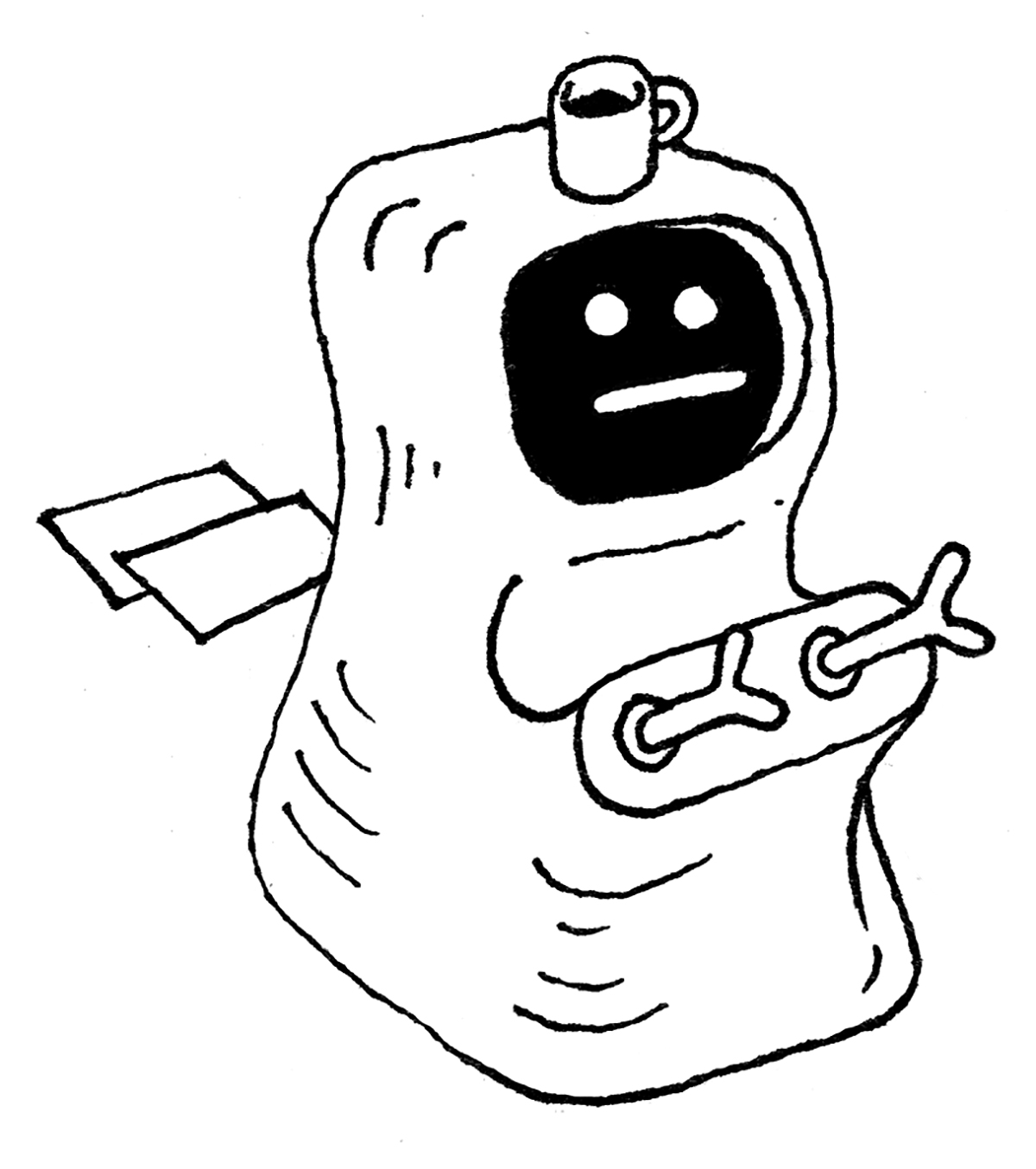
In that spirit, we invite members of the community to join to the space and imagine futures together. There are both tensions and joys to holding a gathering like this. People find joy in thinking about the future in a space that is already, seemingly, from the future. “Are we not already in 2070?” one participant gasped when a projected line appeared as they created a map in Dynamicland. The tension, however, is that Dynamicland’s tools certainly have a learning curve. The space, as welcoming as we try to make it, is still intimidating to some participants. We researchers pride ourselves in the maximal visibility of the system, where each dynamic object has the code it’s running printed on it. To others, the code, even with its Inform-7 inspired English sentence language, is daunting.
Dynamicland’s long-term vision, nestled in the long-term arc of media, aims to use visual, sonic, even embodied modes of programming to create dynamic media—eventually. Today, Dynamicland is the future trying to be created with the present tools at hand. Our growth, both for the research towards creating a humane dynamic media and the people engaging with it, lies in sitting with that tension, and finding ways to bridge the gap between the future dream and the present state. Tech spaces are trying to do this; so are activist spaces; so are learning spaces. Let’s bridge this gap together, hybridizing our spaces by bringing cultural, self-reflective, and socio-emotional practices into tech and learning, and by bringing computational and media literacy practices into activism and learning. Most importantly, let’s create spaces where there’s a desire to have these conversations.
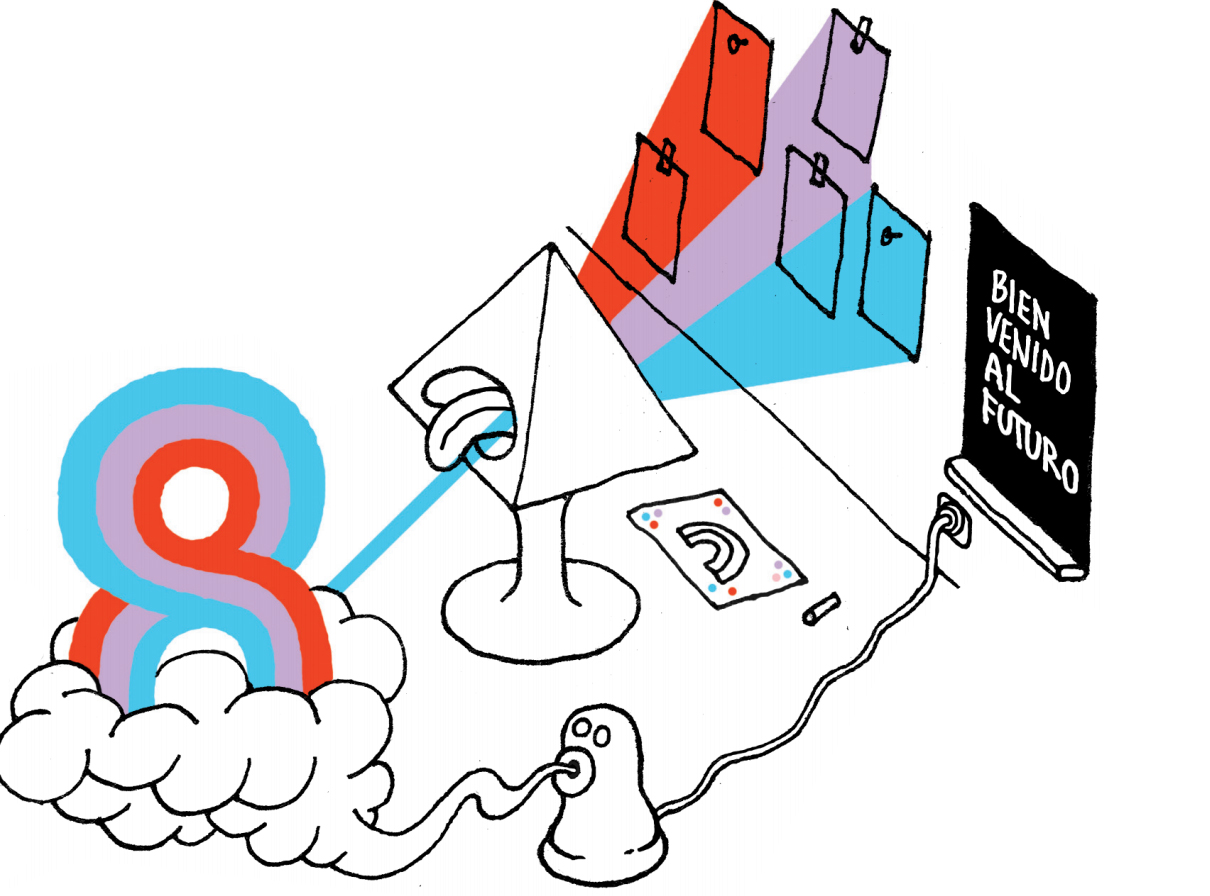
What’s next for our gatherings is to prototype, create, and live in our futures, with constant dialogue throughout. Dynamicland is a place where we can start the conversation. But it’s also a place where we need a multiplicity of voices to dream of a multiplicity of futures, so that the default future shifts towards one inclusive of all perspectives of human agency.
Paula wrote this essay after facilitating a workshop on the future of learning. You can read more about the format and the discussions in the workshop on our website:
https://dingdingding.org/wordpress/Special thanks to the co-facilitators Paige Teamey, Lonny Avi Brooks. Thanks to Edomyas, Christine Rachel Joseph, Anushee Sondhi, Aaron Nakai, George Moore, Sonia Spindt, Eli Kosminsky, Claudia & Alejandra, Kena, Jewels, Taheerah, David. Also thanks to Corrina Hui, Thais Laney, Weiwei Hsu, Roshan Vid, Dynamicland community and staff.
